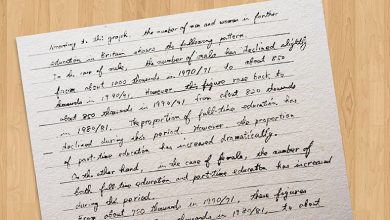Sculpture
No sooner had Stone Age man learned to fashion implements then he began to produce decorative patterns in the form of flowers and petals, carving seeds, amulets, bracelets and also coloured stones like red cornelian and green jade. The men of the Bronze and Iron Ages developed these skills still further. Musical instruments like bells, drums and gongs were made of bronze, and a variety of weapons were produced: daggers, swords, knives, bolos (a kind of large broad-bladed dagger which the peasants still use for many different purposes). Various other materials were used glass, ivory and, for the carving of everyday objects, bone and horn.
One of the biggest influences during the colonial period was the Catholic Church, as it had a stronghold among the ideology of the people in the region. Religious symbols and images (Santos), decorative motifs on churches and houses and the quasi-religious cult of Rizal (statues of who were ordered by the Americans to be set up in every village square).
Sculpture continued to take on secular themes in the early 1900s. The major Filipino sculptor of the American colonial period was Guillermo Tolentino. His best known masterpiece is the Bonifacio Monument, which is a group of sculpture composed of numerous figures massed around a central obelisk. The pioneer of Philippine modern sculpture is Napoleon Abueva. Abdulmari Imao a native of Sulu produced contemporary interpretation of traditional Muslim themes. Roberto Chabet, Virgilio Aviado and Ray Albano, have come to the force, using any material which seems suitable for expressing their imaginative conceptions.



